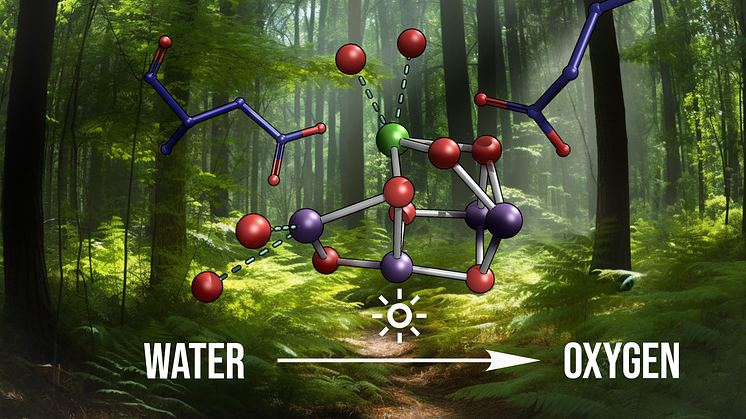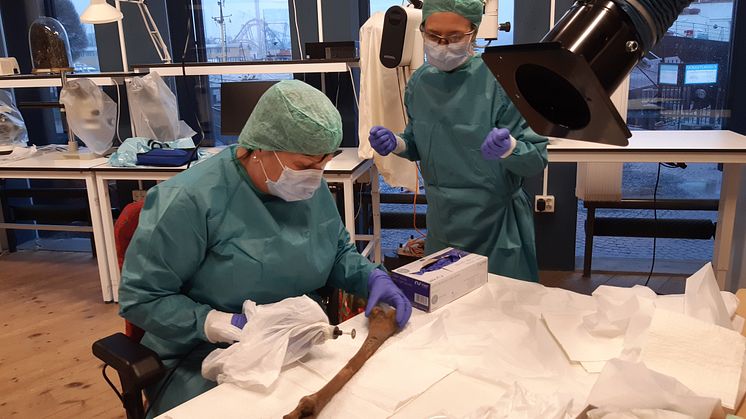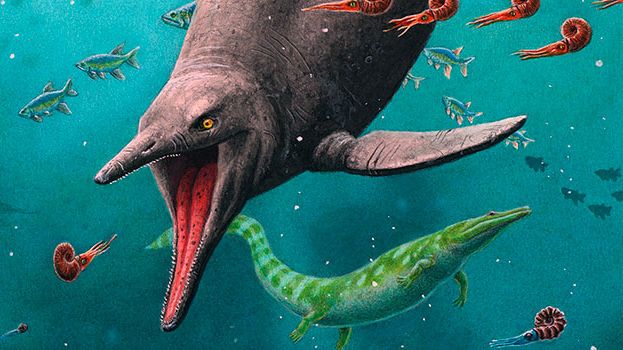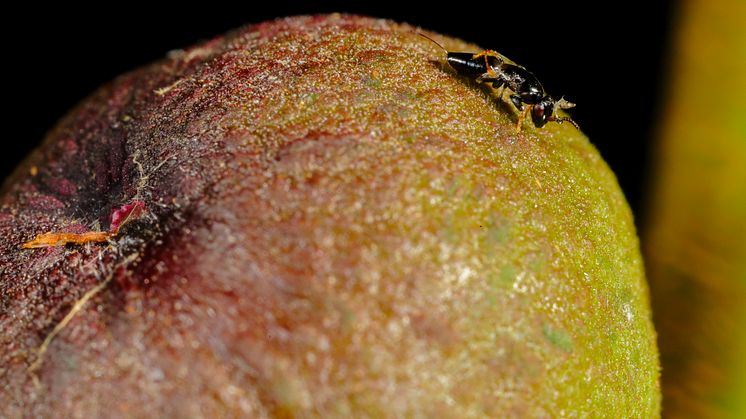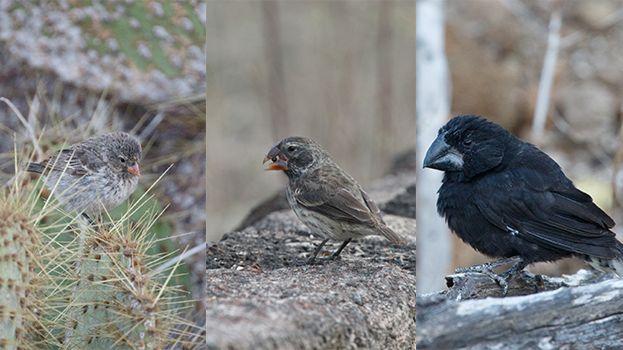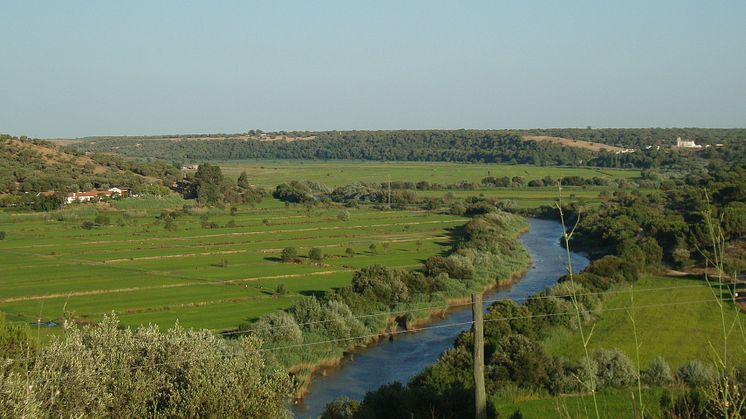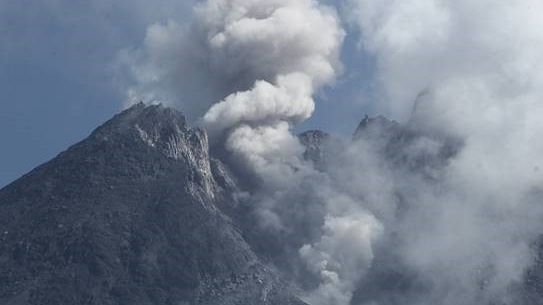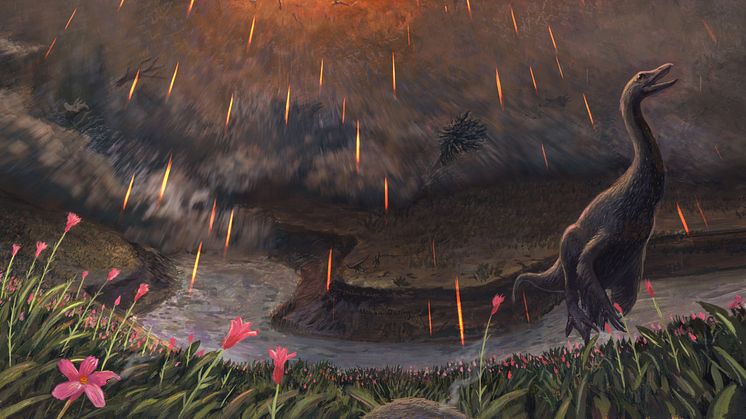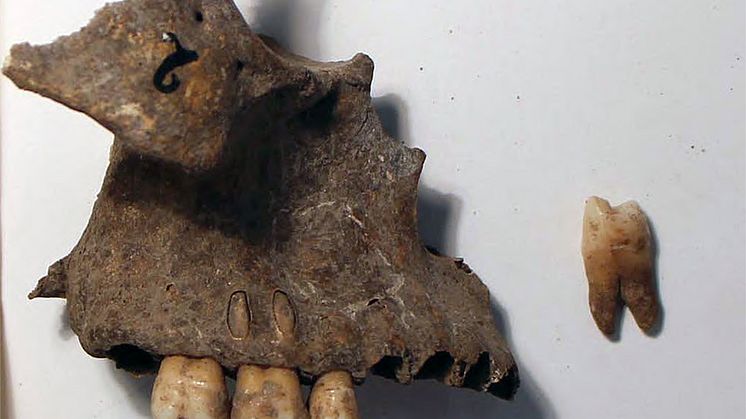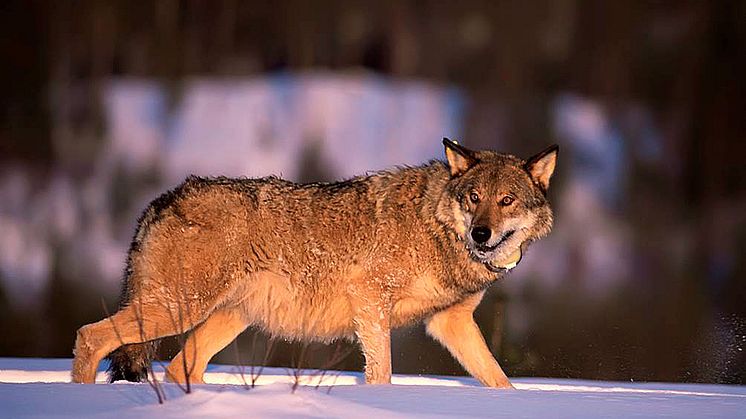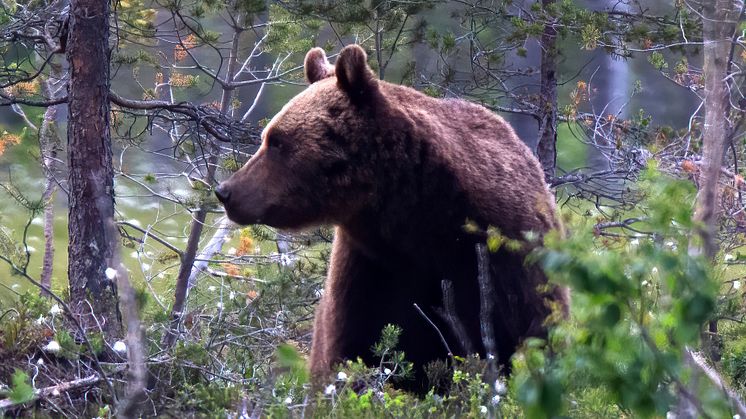Ancient genomes show that the farming lifestyle in northwestern Africa was ignited by oversea-migrants from Iberia 7,400 years ago
A genomic analysis of ancient human remains from Morocco in northwest Africa revealed that food production was introduced by Neolithic European and Levantine migrants and then adopted by local groups. A research team from Sweden, Spain and Morocco present their results in Nature on June 7th.
